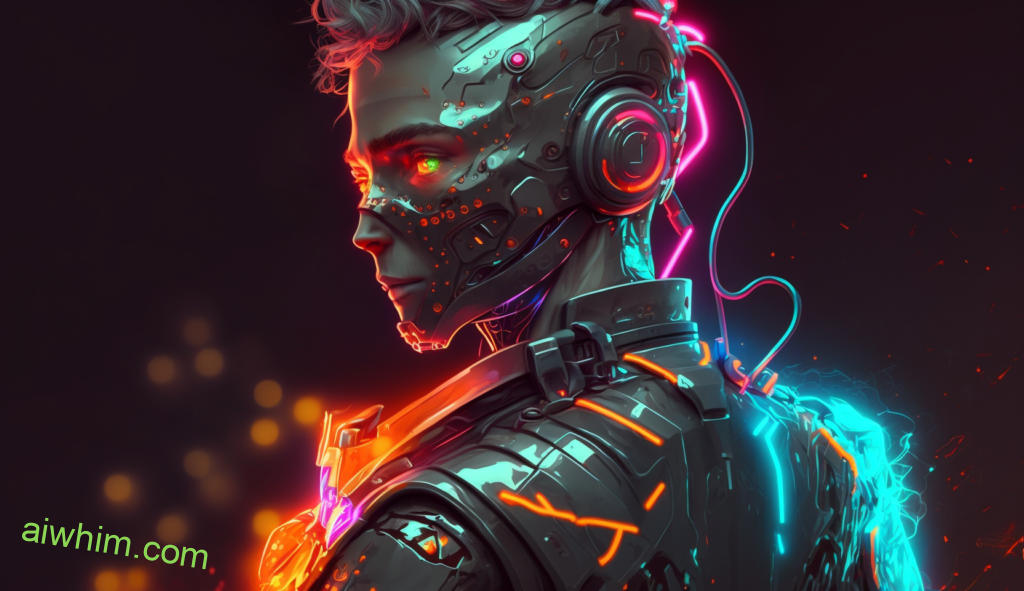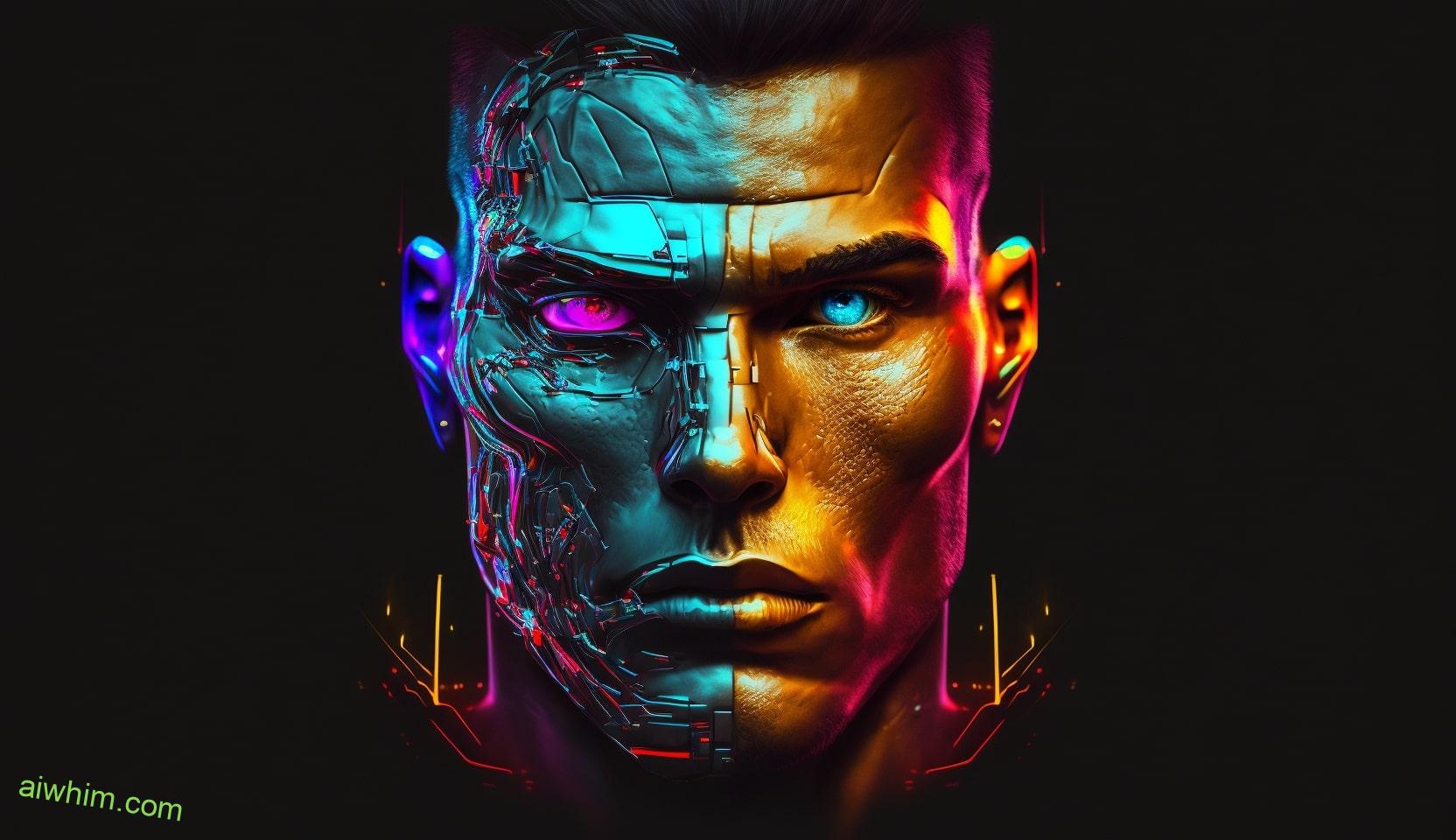As technology advances, the potential for Artificial Intelligence (AI) to one day replace human labor is becoming increasingly plausible. This raises the question: Could pilots be next on the chopping block?
When it comes to piloting aircraft, there’s no denying that humans have been in control since their invention. But with advancements in machine learning, facial recognition, voice-command systems and autonomous vehicles, the idea of having a computer take over this role can seem both intriguing and alarming. In addition to safety concerns, people worry about job security – how will new technologies affect those who rely on flying for their livelihoods?
Definition Of AI
AI stands for Artificial Intelligence, and it’s a branch of computer science that focuses on developing machines to think like humans. It encompasses many different techniques, such as machine learning, deep learning, artificial neural networks, and natural language processing. Machine learning is the process by which computers can learn from data without being explicitly programmed. Deep learning involves using layered neural networks to model complex patterns in data. Artificial neural networks are algorithms designed to mimic the way the human brain learns and makes decisions. Finally, Natural Language Processing (NLP) enables computers to interpret written or spoken language so they understand what people say and respond accordingly.
In short, AI allows us to create intelligent systems capable of making decisions faster than any human ever could – with greater accuracy too! For example, AI can be used in autonomous vehicles to make quick driving decisions based on real-time input from sensors located around the vehicle. This gives machines the ability to interact with their environment in ways never before possible.
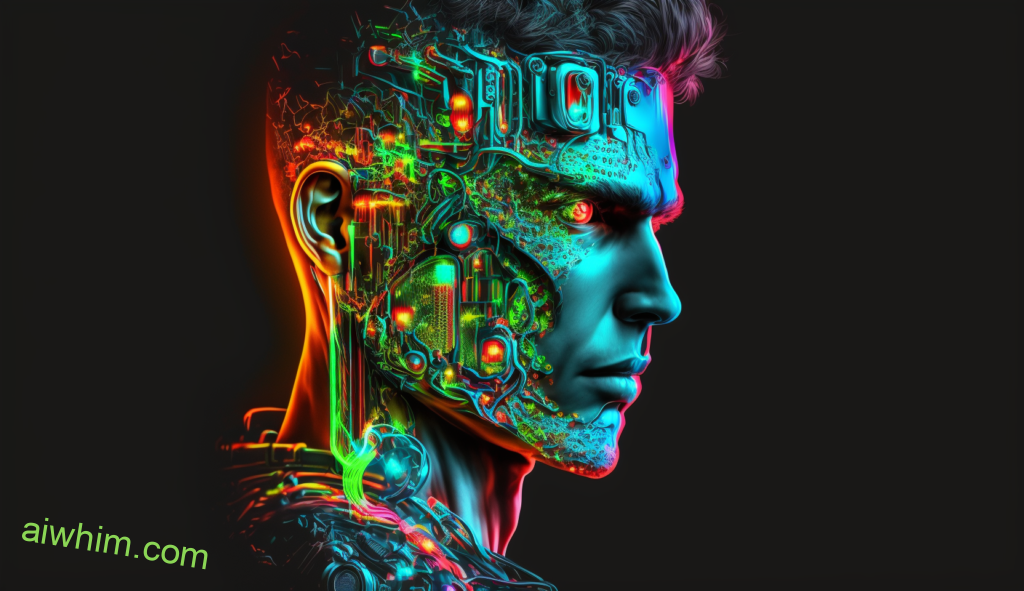
Historical Evolution Of AI
The journey of AI has been a long one, stretching back in time to the earliest days of computers. From its first use in game playing and problem solving, AI has evolved over the decades into more sophisticated technologies such as evolutionary algorithms, machine learning, deep learning, natural language processing, and computer vision. These advances have allowed us to explore new possibilities for our lives that we could never have imagined before.
AI is now being used in all kinds of applications from healthcare to finance to transportation. In terms of aviation work field specifically, AI has already started taking a significant role by automating mundane tasks like flight scheduling and navigation systems. This trend will likely continue and eventually lead to pilots becoming less necessary for certain flights or even unnecessary altogether for some short-haul journeys. Whether this development should be welcomed with optimism or apprehension is up for debate but what’s clear is that it’s inevitable; machines are slowly but surely replacing humans in many facets of life—and aviation is no exception.
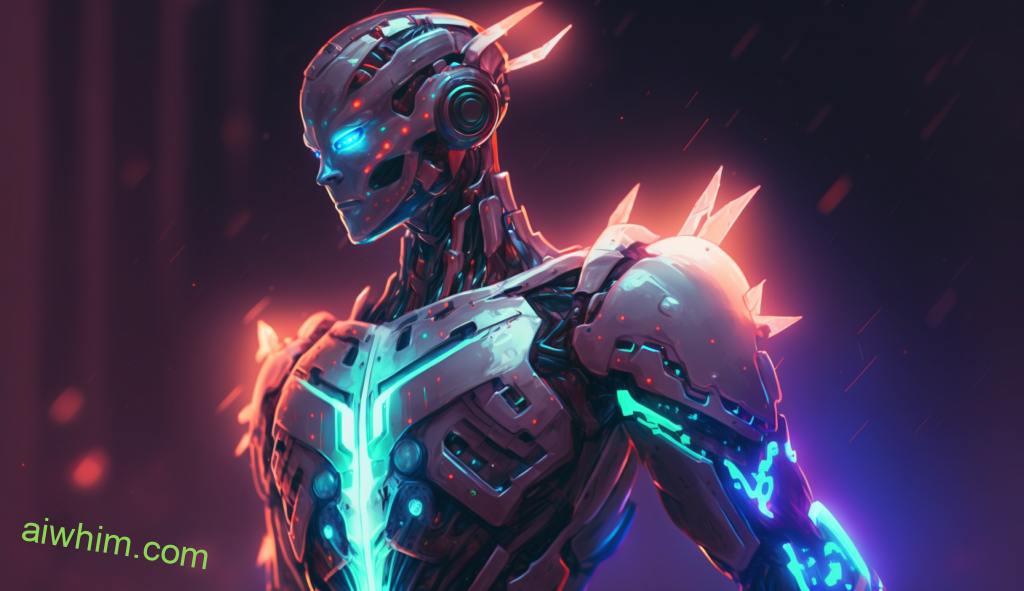
Current Uses Of AI
AI is rapidly being integrated into the world of aeronautics and aviation. Its current uses are expanding every day, leading to a future in which many jobs traditionally done by pilots may be replaced with automated systems. Here’s an overview of some of its applications within these industries:
- AI-driven autopilot technology for aircraft that can take over all control functions from takeoff to landing
- Computer vision algorithms used for obstacle detection on runways and monitoring air traffic
- Natural language processing capabilities allowing passengers to converse with their pilot via voice commands
These advances in automation have been met with both enthusiasm and apprehension, as they could potentially lead to job loss among pilots. However, there remains much potential for human-machine partnerships—with AI augmenting rather than replacing roles—which could use technological advancements to increase safety and efficiency while still retaining the need for skilled personnel. Such a shift towards intelligent assistance would provide pilots more freedom to focus on higher-level tasks such as decision making instead of mundane operational duties. This could ultimately revolutionize the way we travel by plane, adding convenience and comfort through increased accuracy and precision when navigating airspace.

Impact On Employment
The potential of automation to replace human roles is a hotly debated topic. On one side, the idea of AI-driven employment might be seen as liberating: greater efficiency and reduced costs with fewer people involved. However, on the other hand, it raises questions about the impact on those who will lose their jobs in such industries as aviation and transportation.
For pilots specifically, there are certain parts of their job that could potentially be automated through machine learning technologies. This would mean replacing humans with machines for tasks like navigation or monitoring engine performance, although some more complex decisions remain best suited for human judgement. The implications this has on employment would undoubtedly result in a significant decrease in pilot roles – particularly when considering the cost savings associated with automation over employing people.
This leaves us at an interesting crossroad where technology can provide great opportunities but also poses risks to existing jobs – especially those susceptible to machine learning processes. It’s clear that we need to consider how these technological advancements could affect current levels of employment before fully embracing them — if only to ensure everyone benefits from this rapidly changing landscape.
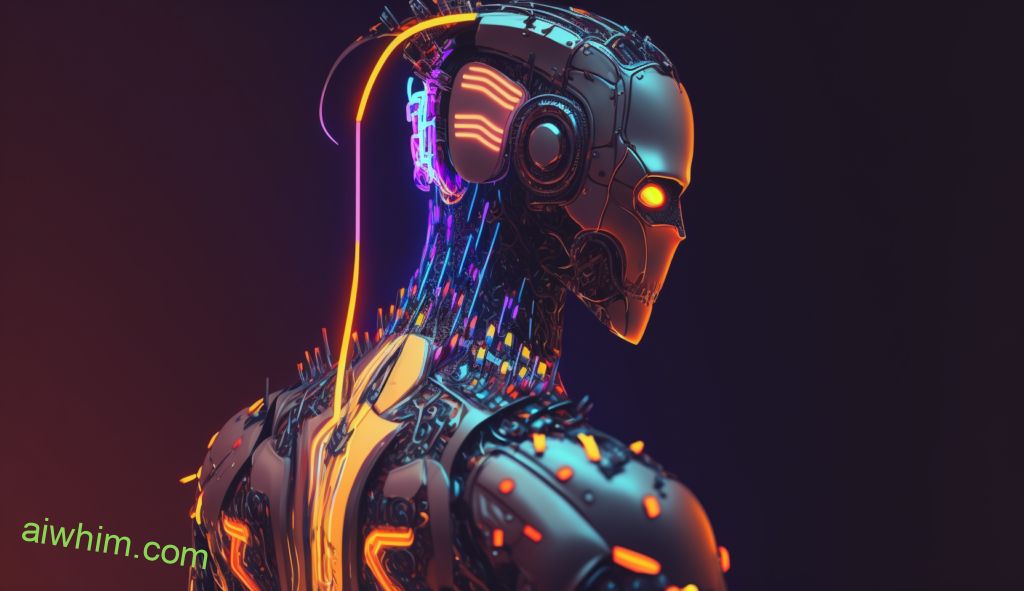
Potential Benefits For Pilots
AI technology has the potential to provide numerous benefits for pilots. With the use of automated flight, pilot training can become more advanced and efficient. Pilots will be able to develop their skills faster and with greater accuracy, allowing them to reach higher levels of performance in a shorter period of time. This could result in career advancement opportunities as well as improved job security since they would be better equipped to handle complex scenarios that arise during flights.
Furthermore, AI-driven systems have been proven to improve safety for passengers. Automated flight allows for fewer human errors due to its precision and consistency. In addition, there is less risk of fatigue or distraction when flying long distances because the system takes over most of the workload from the pilot. These improvements could significantly reduce the number of airline incidents caused by human error or negligence, providing added peace of mind for both passengers and crew members alike.
The integration of AI into aviation does not have to mean job displacement; rather, it can bring about new opportunities for pilots while ensuring safer air travel experiences overall. With an appropriate balance between automation and manual operations, pilots will continue playing a vital role in aviation while enjoying enhanced job security along with other professional development benefits associated with this technological evolution.
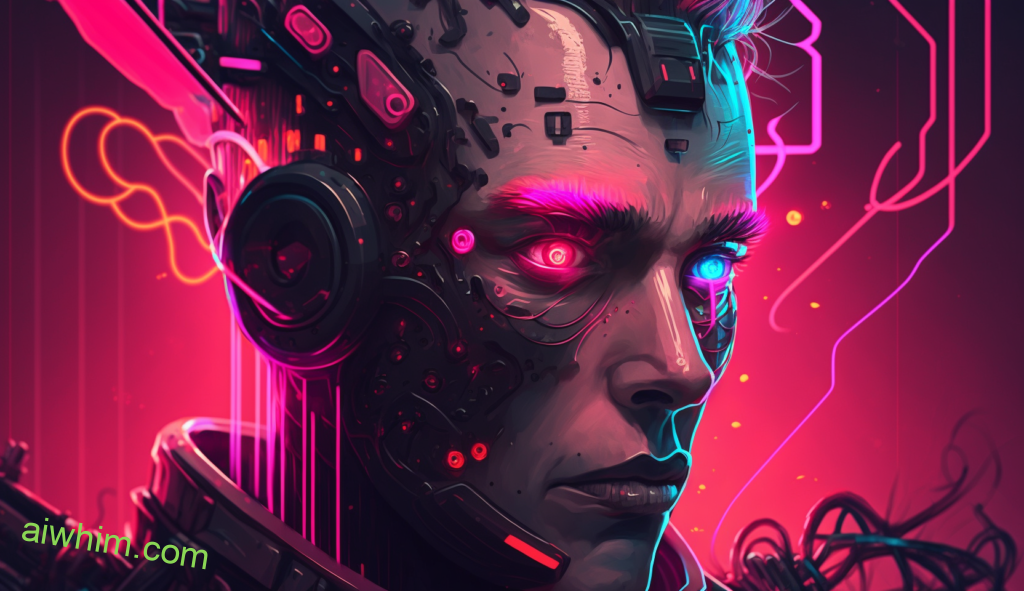
Risks And Challenges For Pilots
The potential benefits of pilot training and automation in the aviation industry come with a cost. Pilot jobs could be replaced by Artificial Intelligence (AI), leaving many pilots unemployed or having to take lower-paying jobs. The uncertainty around AI’s capabilities creates safety risks as well, since there is no guarantee that it will make accurate decisions when put into use.
On top of this, implementing an automated system presents cultural challenges. Pilots have been respected professionals for generations now and changing their role would require adapting to different expectations from airlines and passengers alike. With more advanced technology taking over flight operations, airline staff may be required to undergo new types of training which can cause disruption in everyday workflows.
This transition to AI comes with too much risk for some people’s comfort level. It would undoubtedly lead to job losses among pilots who are not prepared or do not want to embrace this new way of flying planes. Furthermore, the implementation process itself carries financial costs as well as safety concerns if done incorrectly.
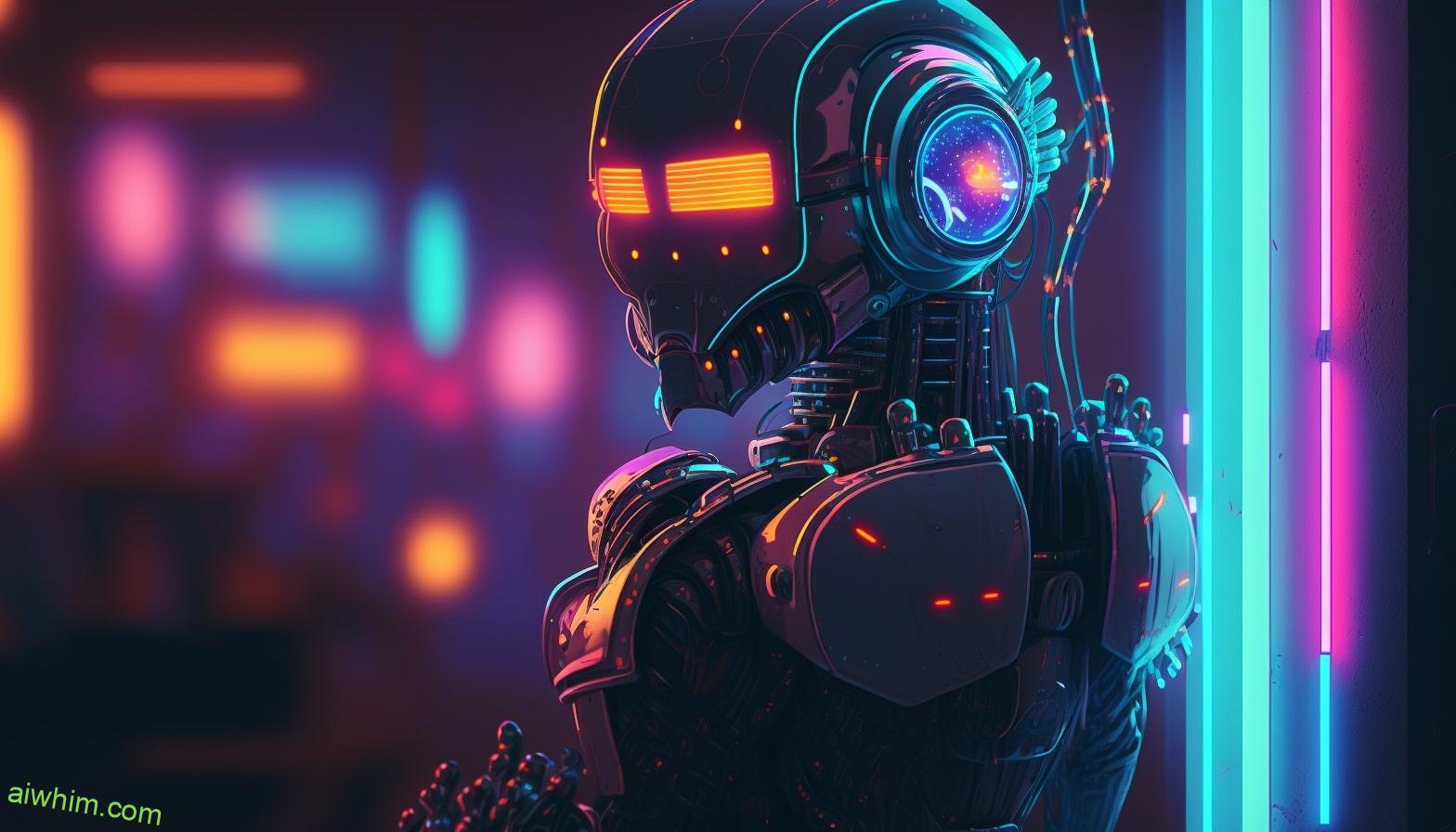
Regulatory Implications
The regulatory implications of AI replacing pilots are significant. Aviation regulations, industry regulations and legal requirements must be weighed when considering the safety standards of automated flight. Pilots bring a certain level of manual expertise to air travel that AI may not yet possess. The risk involved in entrusting an aircraft’s navigation and operation solely to AI is immense and could have disastrous consequences if something were to go wrong during a journey.
It is clear then, that strict regulation must be put in place before any kind of autonomous flying can begin on a wide scale basis – especially as it relates to passenger transportation. As humans, we rely heavily on our senses and intuition which can’t currently be replicated by machines or algorithms; this means that using computers for critical functions like takeoff and landing should remain under the watchful eyes of trained professionals until there is overwhelming evidence that these tasks can be performed safely without human intervention.
Before allowing artificial intelligence take over the cockpit, governments around the world will need to ensure they adhere to all relevant aviation laws while also creating new rules specifically tailored for technology-driven solutions. Simply said, trust needs to be cultivated between commercial operators, regulators, consumers and software developers alike – only then can reliable systems become reality.
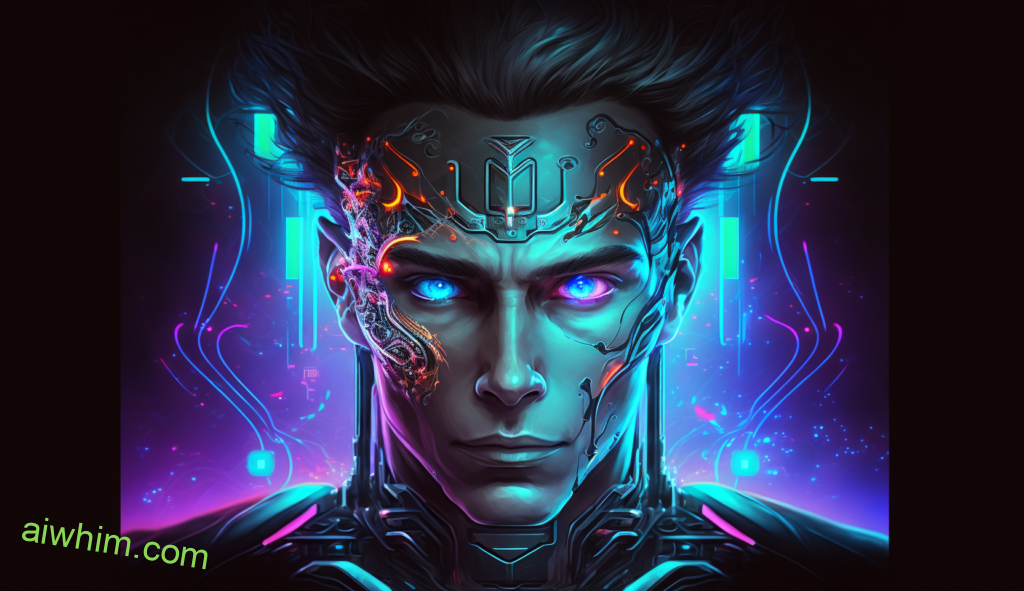
Technological Limitations
The question of whether AI will replace the jobs of pilots is a complex one. It is important to consider not only regulatory implications but also technological limitations. In this section, we will explore these limitations and discuss how they may impact the future of piloting roles in aviation.
One major limitation to consider is the fact that machine learning algorithms are still far from being able to replicate human behavior perfectly. Piloting requires advanced skills such as observational capabilities, problem solving, and decision-making which can be difficult for machines to learn effectively in comparison to humans. Therefore, it is unlikely that automation technology could ever completely replace traditional forms of pilot training or the role of a pilot entirely.
In addition, air traffic control systems must be designed with safety protocols in mind before any automation technology can become viable options for replacing human labor in aircraft operations. This means taking into account potential risks associated with automated systems and ensuring their reliability before implementing them on a large scale basis. Thus far, no system has been able to fully meet all safety requirements and ensure passengers’ safety as well as an experienced pilot might do so there is much research that needs to be done in order for automation technology to truly take over the job of flying planes safely and efficiently.
Below are some key points about technological limitations:
- Machine learning algorithms cannot yet match human behavior precisely when it comes to piloting airplanes.
- Automation technologies need further development before they can replace traditional pilot training courses or the role of pilots altogether.
- Air traffic control systems have specific safety protocols that must be taken into consideration first before any automated system can be implemented on a larger scale level in aircraft operations.
- No existing system has proven itself reliable enough yet to guarantee passenger safety like an experienced pilot would do so more research must be conducted on this topic moving forward.
Though advancements in automation technology provide exciting possibilities for improving airline efficiency, many challenges remain due to technological limitations which make it highly unlikely that artificial intelligence could ever completely replace the role of pilots anytime soon.
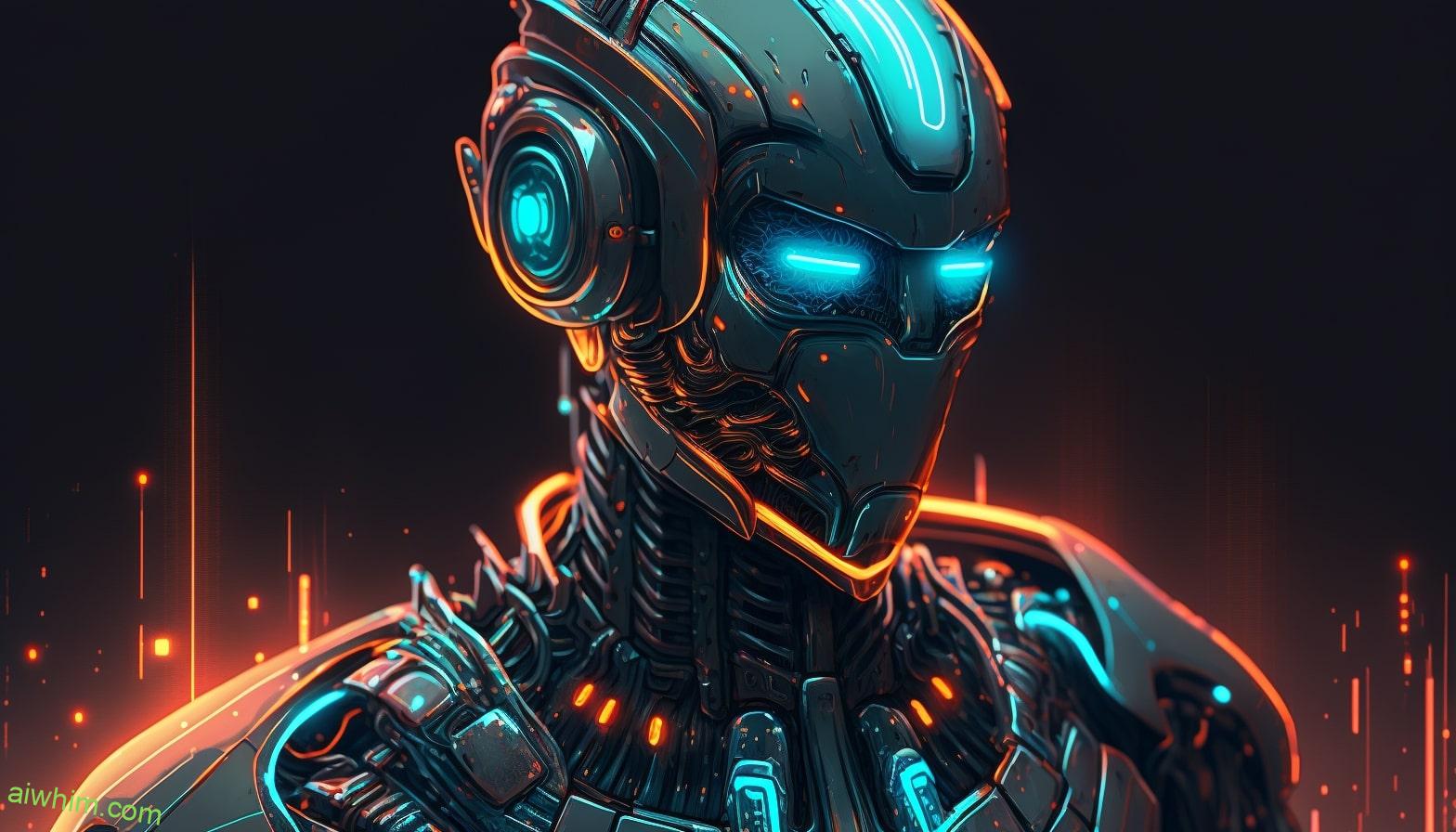
Autonomous Flight Systems
Can autonomous flight systems really replace pilots? With the advancements in autonomous technology, it is possible that one day machines could take over many of the tasks that humans currently perform. Autonomous flight systems are a type of advanced automation system designed to control aircraft operations, while still ensuring safety and reliability.
Autonomous flight systems use technologies such as artificial intelligence and machine learning algorithms to enable aircrafts to safely navigate through airspace with no human intervention. They can be used for a variety of purposes, from monitoring air traffic to controlling flights autonomously. Additionally, these systems can be programmed to respond quickly and accurately to changes in weather or other unexpected events. This means they can respond more quickly than a human pilot, making them safer and more efficient when flying under challenging conditions.
The potential applications of autonomous flight systems are vast; they could revolutionize how we fly by allowing us greater freedom and autonomy in our travels — something all travelers crave! The possibilities seem endless but only time will tell if this technology truly has the power to change aviation forever.

Human-Machine Interfaces
The discussion about autonomous flight systems brings us to the topic of human-machine interfaces. Human-machine interfaces are a key area for technological development, especially when it comes to piloting aircrafts and other types of transportation. This type of interface is used to bridge the gap between humans and machines in order to allow them to work together effectively.
The increasing use of machine-learning algorithms and automation systems in the aviation industry has led many people to ask: will artificial intelligence (AI) replace pilots? While AI may be able to perform certain tasks more efficiently than humans, there are still some aspects that require a human’s involvement. For example, decision making processes can often benefit from a combination of both human input and machine output.
Here are five reasons why AI won’t completely replace pilots:
- It cannot exercise judgement or make decisions based on situational awareness;
- It lacks emotional responsiveness;
- Even with advanced automation systems, there is always an element of uncertainty when flying;
- The current technology does not yet have full autonomy capabilities;
- Flying requires expertise and experience which no computer system can provide.
So while AI offers great potential for improving safety in the cockpit, it should not be viewed as a replacement for skilled pilots but rather as another tool they can use. By combining their knowledge with cutting edge machine-interface technologies they can create safer environment without sacrificing performance or efficiency. Thus, by wisely leveraging the power of artificial intelligence and automation we can ensure that our skies remain safe and comfortable into the future!

Automation Of Routines
The possibilities of automation are abundant in the aviation industry. A recent example is Emirates Airlines, who have used a combination of AI and human pilots to fly commercial aircraft since 2013. This type of pilot automation has allowed them to save on fuel costs while reducing their environmental impact. As more airlines join this trend, it’s clear that automated routines can provide significant benefits when it comes to efficiency and cost-effectiveness.
AI automation processes are becoming increasingly sophisticated, allowing for increased control over flight operations. Automation allows aircraft to be operated more safely and efficiently than ever before, with fewer errors due to greater accuracy from computerised systems. Additionally, as many routine tasks become automated, pilots are freed up to focus on other pressing matters such as safety or communication with air traffic controllers.
In addition to improved operational performance, there are also considerable financial gains associated with automation technology. By replacing manual labour with computers and machines equipped with AI capabilities, companies can reduce significantly the number of employees required for certain jobs while still producing high quality results at competitive prices. Furthermore, by automating some aspects of piloting an aircraft – such as navigation and route planning – airlines can drastically reduce their overall operating costs without compromising safety standards.
It’s easy to see why many organisations view automated routines as a viable solution for improving efficiencies in the aviation sector; however, questions remain about whether these advancements will eventually displace traditional roles within the industry or if they will simply augment existing roles? Ultimately only time will tell what the future holds for pilots but one thing is certain: automation technologies will continue to shape life both in and outside the cockpit.

Artificial Intelligence In Cockpits
The use of artificial intelligence in the cockpit is becoming increasingly popular as a solution to improving flight operations. AI-powered automation can help reduce manual workload, which could lead to fewer errors and improved safety for passengers. Automation technology such as machine learning algorithms and autonomous systems can aid pilots by providing real-time data analysis, helping them make better decisions during flights.
But while this technology may be useful in certain areas, it’s important that humans remain at the helm when it comes to decision making and controlling the aircraft. Pilots are trained professionals who understand how different weather conditions or engine malfunctions affect their aircrafts’ performance—knowledge that machines simply cannot replicate. Having an experienced pilot in charge provides peace of mind for both pilots and passengers alike, ensuring safe travels no matter what life throws your way. Ultimately, we should continue embracing technological advancements like those found in cockpits without compromising our sense of freedom on the journey.

Technical Considerations
The question of whether or not AI will replace the jobs of pilots is a complex one. As technology continues to improve, automation systems, machine learning, and data processing all have potential for use in flight control and navigation systems. Automation has already been used extensively in aviation to reduce the amount of manual labor required by pilots, such as monitoring airspeed and altitude during flights. This allows experienced pilots to focus on more complex tasks, while reducing human errors that could cause accidents.
At the same time, there are challenges associated with using automation in place of humans. For example, automated decision making requires large amounts of data which can be difficult to obtain accurately and rapidly. Additionally, many safety protocols rely heavily on human judgment which may not be replicated by machines alone. Thus it seems likely that AI will complement rather than replace the role of the pilot when flying an airplane. By leveraging their expertise and experience alongside the power of AI, pilots can continue to play a vital role in ensuring safe and successful flights in future years.
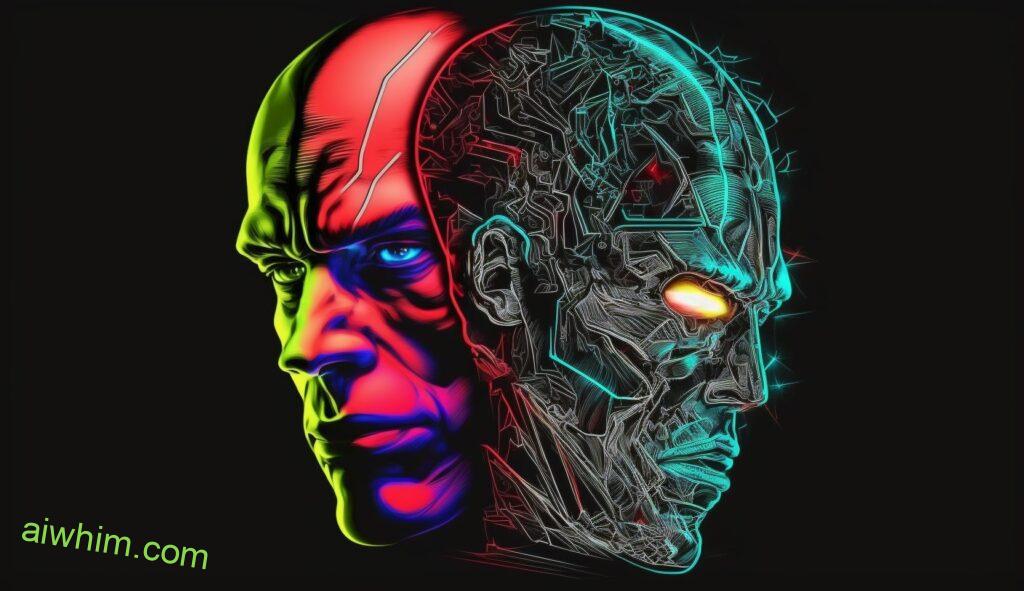
Financial Considerations
Aviation is an industry filled with money-making opportunities, and replacing human pilots with AI would be no different. What could possibly go wrong? Let’s have a look at some of the financial considerations:
- Pilot salaries: There are high costs associated with paying experienced pilots to take control of an aircraft; these costs can be reduced by introducing AI into the cockpit.
- Aircraft insurance: Insurance premiums for manned flights are higher than those for unmanned ones due to the potential risks associated with human error in flight operations. However, when AI takes over as pilot, it is possible that insurance premiums could decrease significantly.
- AI investments: Investing in AI technology requires significant capital expenditure upfront but may result in savings in the long run, thanks to improved operational efficiency and lower fuel costs. In addition, there may also be government subsidies available to help offset such expenditures.
- Aviation taxes: Governments often impose taxes on aviation activities; however, if robots become more prevalent in air travel then taxation revenues could decline as fewer people will need to purchase tickets or pay other related fees.
It appears that while transitioning from human-piloted aircrafts to autonomous ones might bring about cost advantages initially, continued investment into developing this technology will likely be necessary going forward if airlines hope to reap any real benefits from their efforts. Moreover, governments should consider how they can ensure adequate revenue streams despite the introduction of new technologies into the sector which may reduce their current tax base.
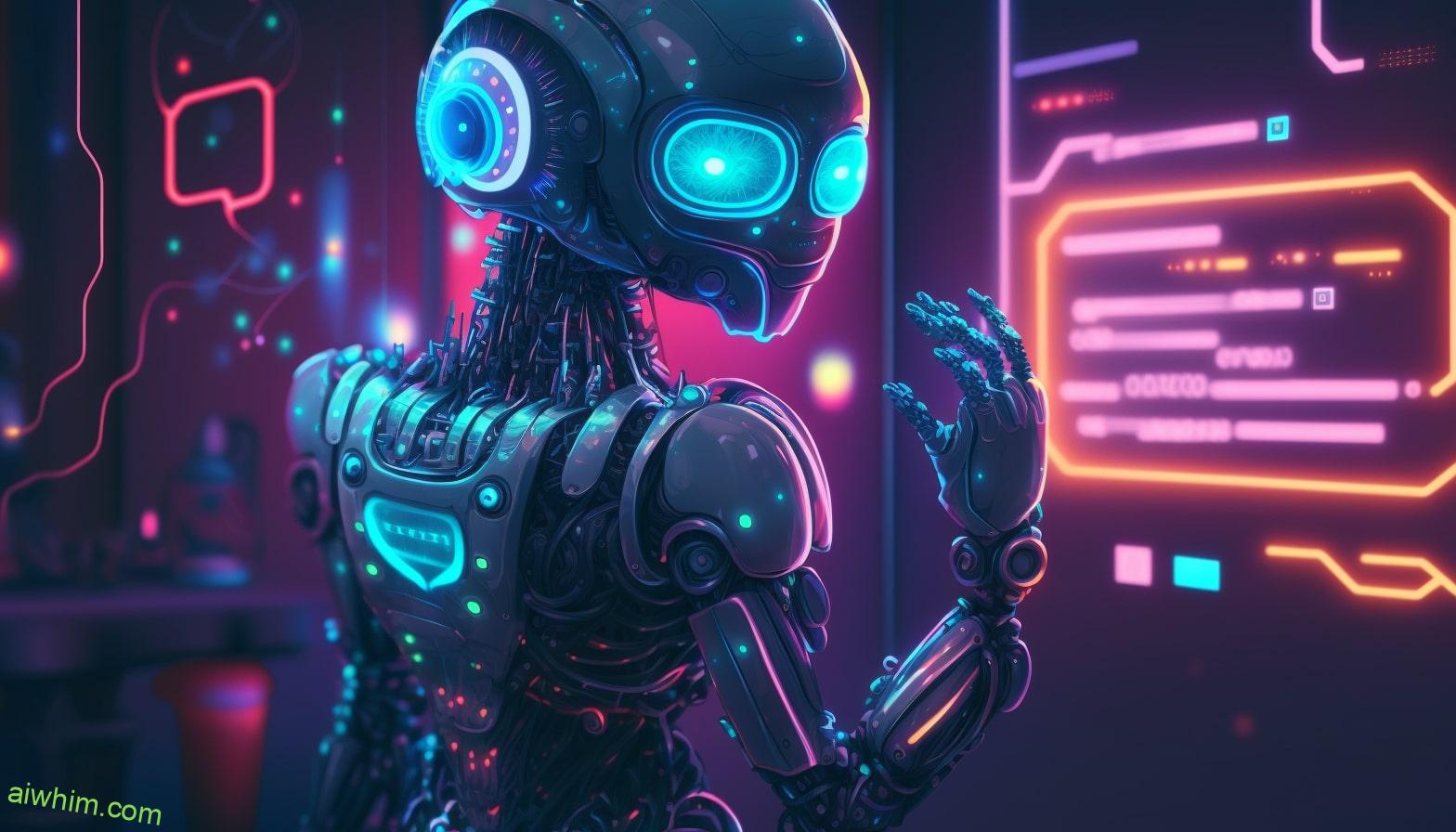
Ethical Considerations
The ethical considerations of AI replacing the jobs of pilots are complex and far-reaching. From a moral standpoint, it is imperative to consider how an automated system would impact both human pilots as well as passenger safety in air travel. When weighing the ethical implications of using AI for aviation jobs, there are several key elements that must be taken into account.
First and foremost, any decision to implement artificial intelligence in this capacity should adhere to existing ethical standards. This means considering not just the immediate benefits but also potential risks associated with its use. Questions around who will be affected by such changes and what measures can be put in place to ensure safety must be addressed before making any decisions about implementation. In addition, careful consideration must be given to questions surrounding liability for errors or malfunctions made by AI systems when used for piloting aircrafts.
It’s paramount that we take a holistic approach when examining the ethics of employing AI within the aviation industry. We need a comprehensive ethical framework which takes into account all relevant factors while still being mindful of our collective moral judgment on these matters. By doing so, we can make informed decisions that maximize positive outcomes while minimizing negative consequences for those involved – humans and machines alike.
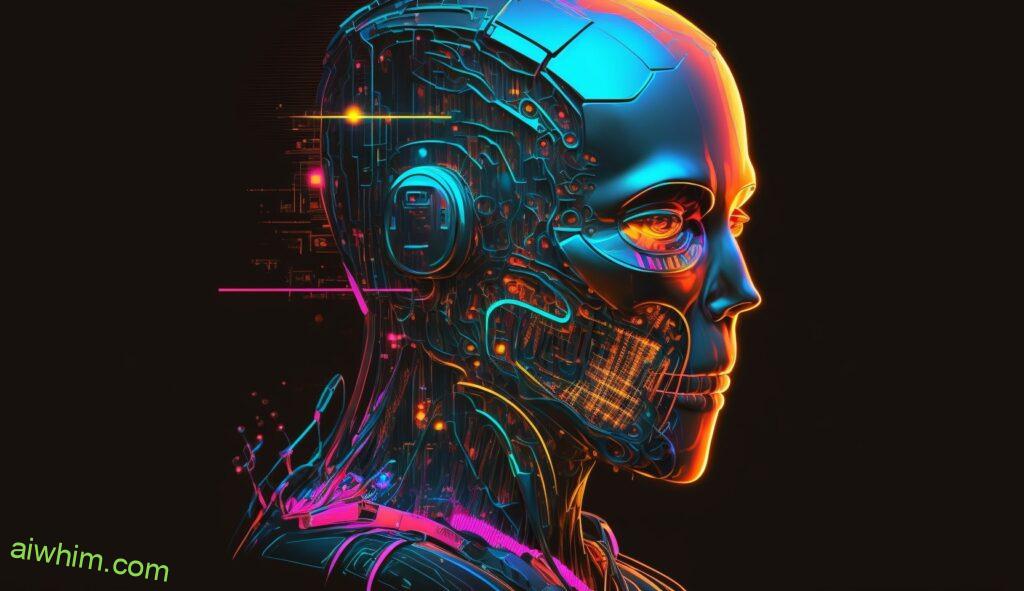
Final Remarks
In conclusion, AI is transforming the way we do things in all aspects of life – and aviation is no exception. Despite its potential to replace pilots in certain ways, it still has a long way to go before it can completely take over their roles. The technical and financial considerations must be taken into account when considering the possibility of replacing human pilots with AI-based automation, as well as ethical considerations on how this could affect employment prospects for future generations. Ultimately, while AI may have some uses in the cockpit, it won’t be taking away any jobs from current or future pilots anytime soon; they will remain integral in ensuring safe flights around the world!
Author: Ole Paulson
Author Bio: I’m Ole and on this website, I share everything there is to know about Artificial Intelligence, and useful tips for using AI to our advantage. I have a background in data science and research and have been following the AI-space for years. You can read more about me in the “About” page.

